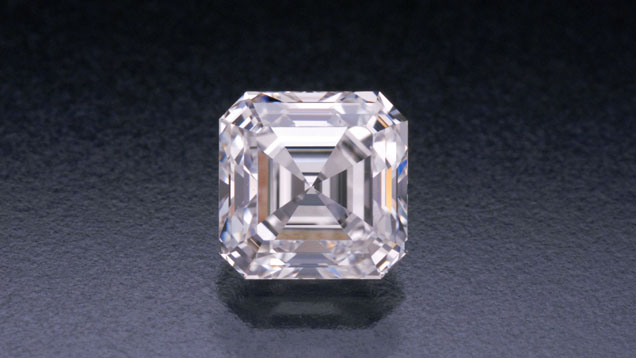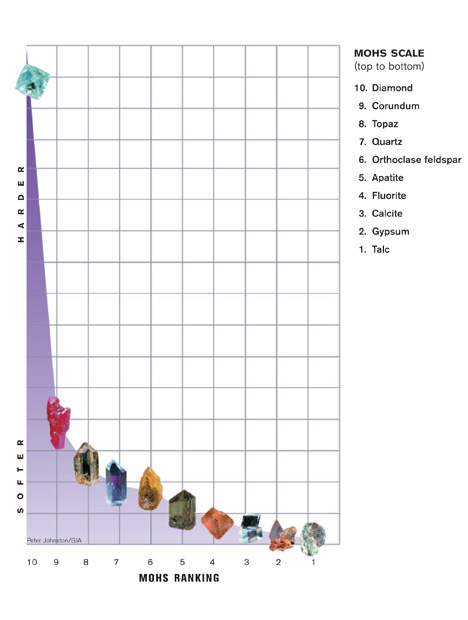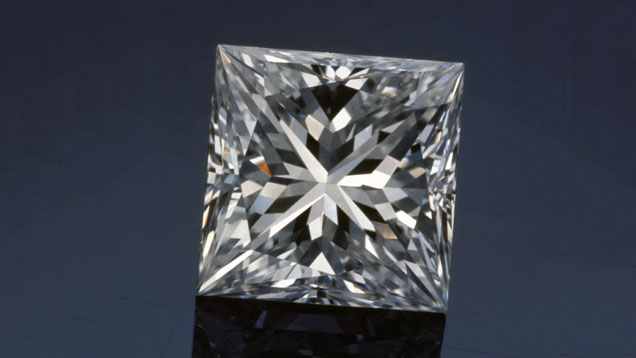Basic Jewelry Care & Maintenance
Always apply lotion, cosmetics, hairspray and perfume before dressing in jewelry. When undressing, wipe each piece with a clean soft cloth to remove oils and perspiration. Store in a fabric-lined box, separately or individually-wrapped in tissue to prevent scratches.
Never wear jewelry when doing physical work such as housekeeping, gardening or exercise. Never expose jewelry to household cleaning products. Never expose jewelry to chlorine swimming pools or hot tubs.Jewelry care and recommendations for cleaning and storing your jewelry. This list is not all inclusive and only provides warnings for some of the most common improper practices used to clean jewelry.
To care for your jewelry and keep it clean and ready to wear, gently wipe off excess make-up and skin oils after each wearing. Use a nub free, 100% cotton cloth and gently wipe the piece clean using only the soft pads of your fingers. Store in jeweler’s tissue or a soft bag.
To help prevent tarnish on sterling silver, wrap the piece in jeweler’s tissue paper and place it inside a plastic zip lock bag and seal.
When cleaning sterling silver remember that it is a very soft metal and can easily be marred by a fingernail or wadded piece of fabric pushed roughly against the metal surface. For this reason, use one of the following methods to clean heavier soils and tarnish:
To remove fingerprints, light grease or dirt, add a small amount of mild liquid soap to a half cup of warm water, soak 2-3 minutes, rinse thoroughly with clean water and dry completely before storing in an air tight plastic bag.
Be very careful when using any soaking method to clean jewelry that has soft stones such as amber, lapis lazuli, or turquoise. Extended soaking in any solution may harm the polish on the stone. Never use chlorine bleach to clean jewelry.
If your jewelry contains gemstones or pearls, do not immerse in water, as this can loosen some settings. Never use dips or abrasives cleaners on gemstones.
Besides chlorine bleach, denatured alcohol, turpentine, acetone, and ammonia can cause harm. These chemicals can dull or even pit the surface on softer gemstones. Petroleum based products can actually “melt” amber if allowed to remain on the stone and they can do significant damage to pearls.
Diamond Care and Cleaning Guide

Durability is a gemstone’s ability to withstand wear, heat, and chemicals. Durability consists of three properties: hardness, toughness, and stability. Hardness means how well a gemstone resists scratches and abrasion. Toughness describes how well a gemstone resists breaking and chipping. Stability means how well a diamond resists chemicals and temperature changes.
Hardness
Gem and mineral hardness is measured on the Mohs scale. The scale originated in 1812 when German mineralogist Friedrich Mohs chose ten minerals and assigned numbers to them, based on the relative ease or difficulty with which one could be scratched by another. But the Mohs scale is deceptive. The steps between the minerals are not evenly spaced. For example, diamond is only one number away, but it’s many times harder than gems in the corundum family. Only a diamond can scratch a diamond.
Something the Mohs scale doesn’t show, but that’s equally important to the diamond industry, is that diamond can also scratch any of the precious metals used for settings. That means a diamond that’s loose in its setting can wear through a prong over time.

Any stone, including a diamond, will break if it’s hit hard enough in the right place. Toughness is a measure of how well a gem can survive an impact and resist breaking, chipping, or cracking.
Diamonds are tougher in the directions where the atoms are bonded tightly together, less tough where they’re not so tightly bonded.

Stability
Stability is a term that describes how well a diamond resists temperature changes and chemicals. Diamonds are very stable. They’re invulnerable to virtually all acids, for one thing. The cutting process generates a lot of heat, but diamonds usually endure intact. Situations that are more threatening to a diamond’s stability are those that involve sudden and extreme temperature changes. Those changes can cause thermal shock and create new fractures and cleavages or cause existing ones to spread.
Diamonds will burn at about 1562°F (850°C). House fires and jewelers’ torches can reach that temperature.

Diamonds can be cleaned safely with lint-free cloths, commercial jewelry cleaning solutions, and household detergents.
